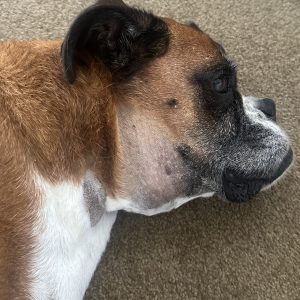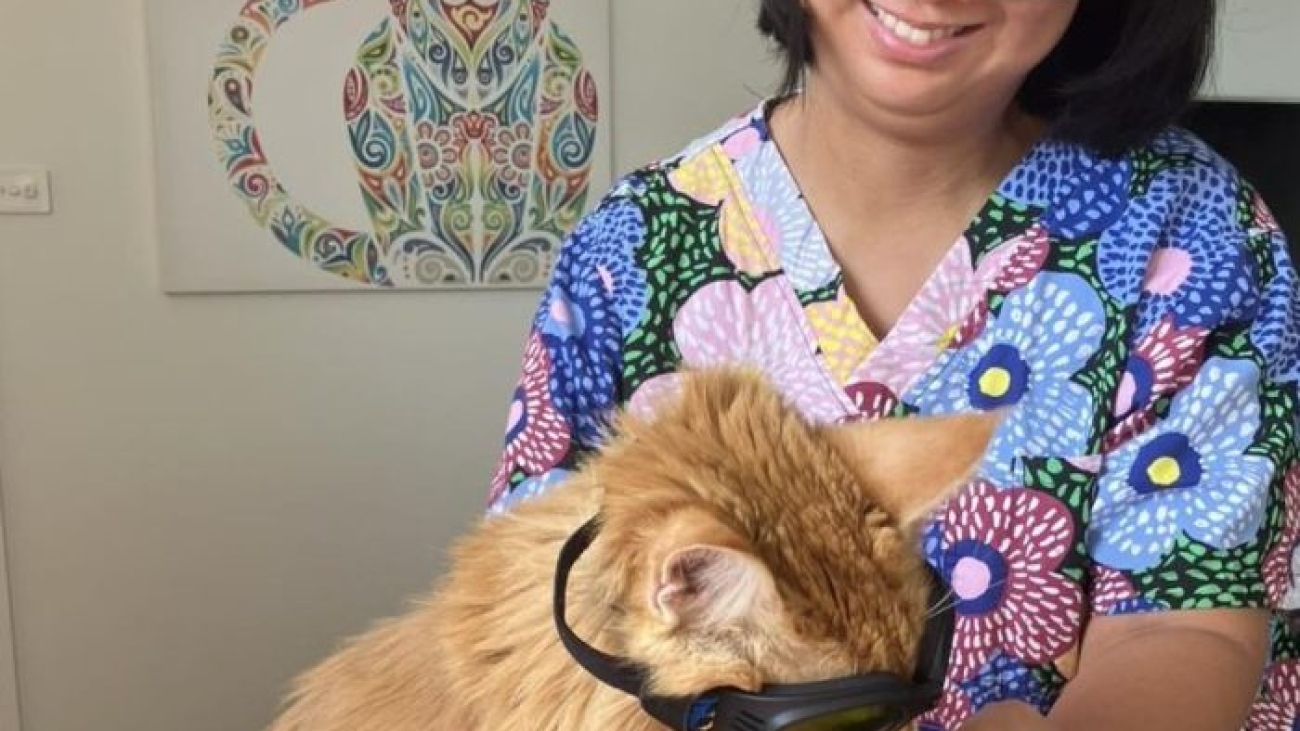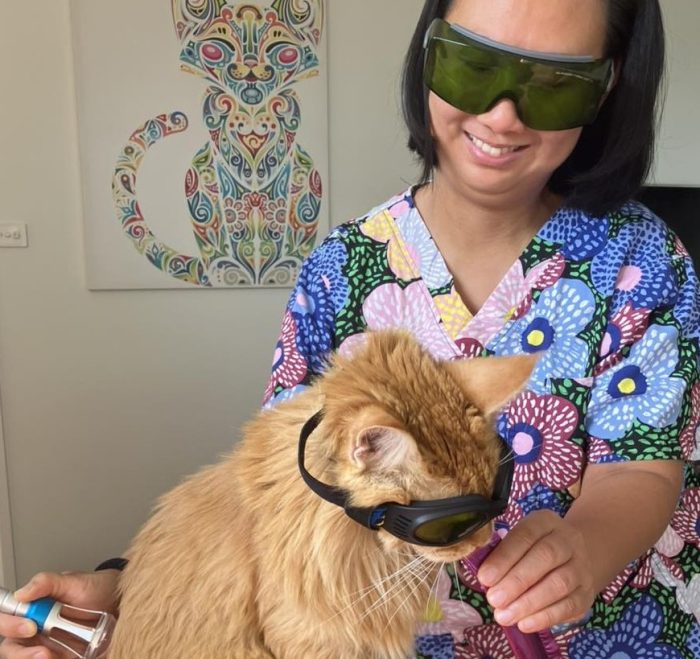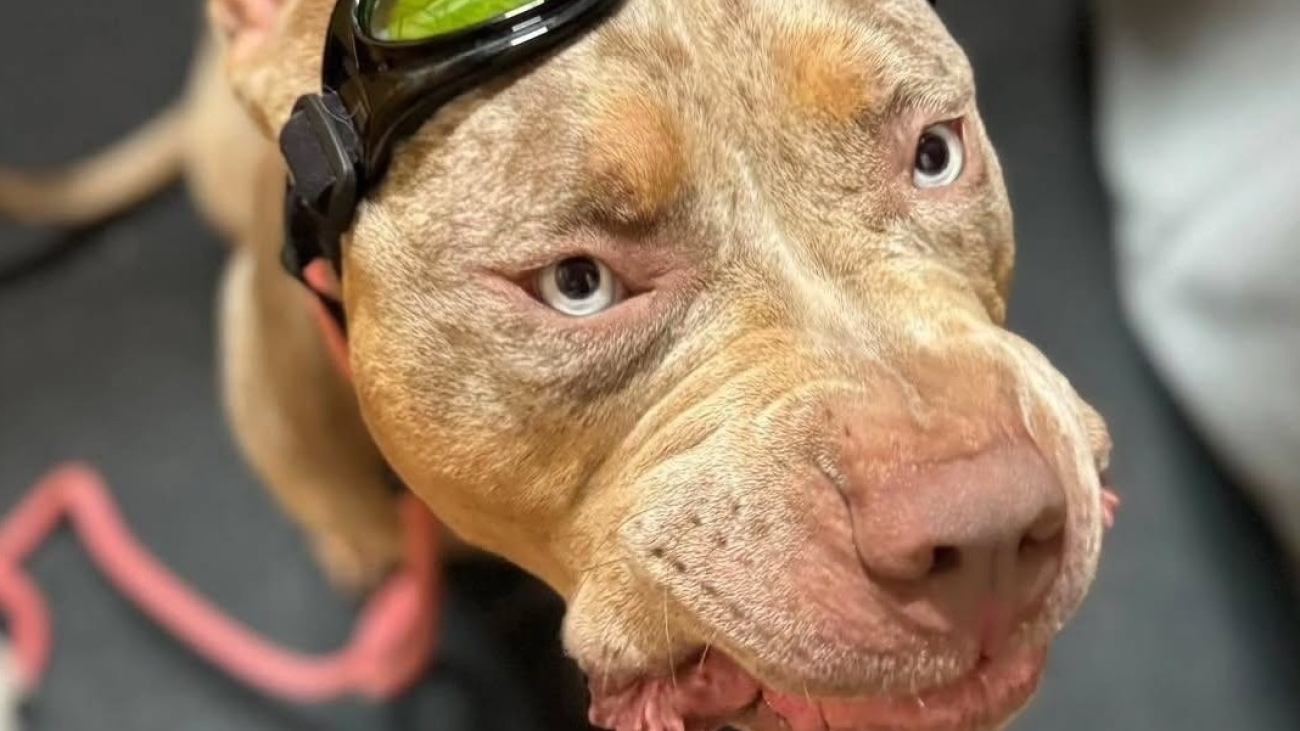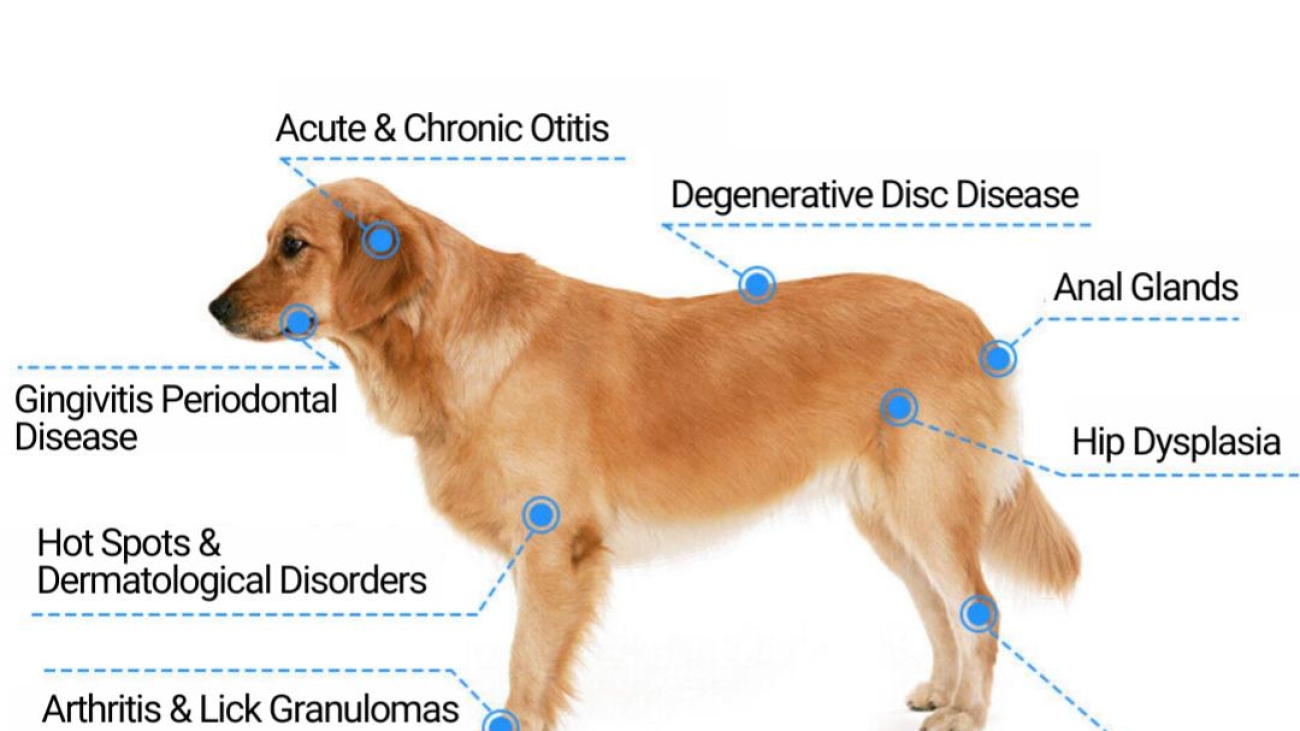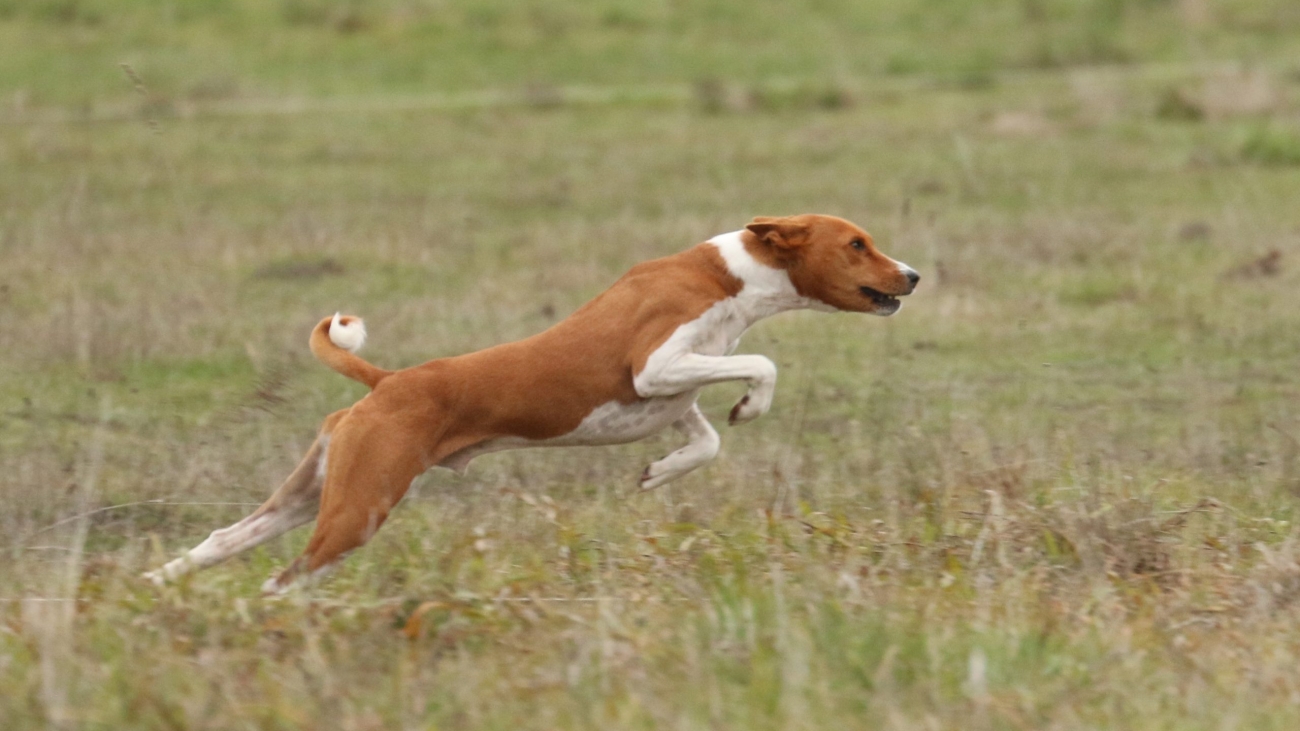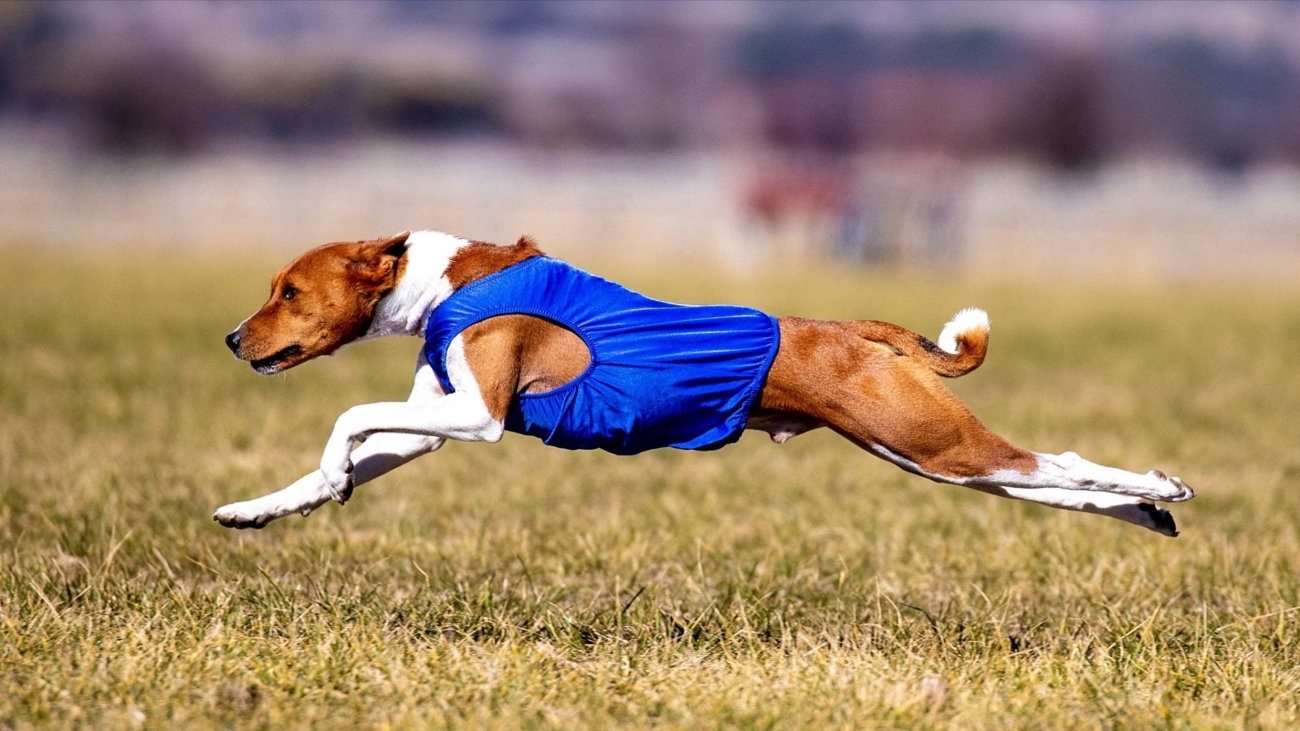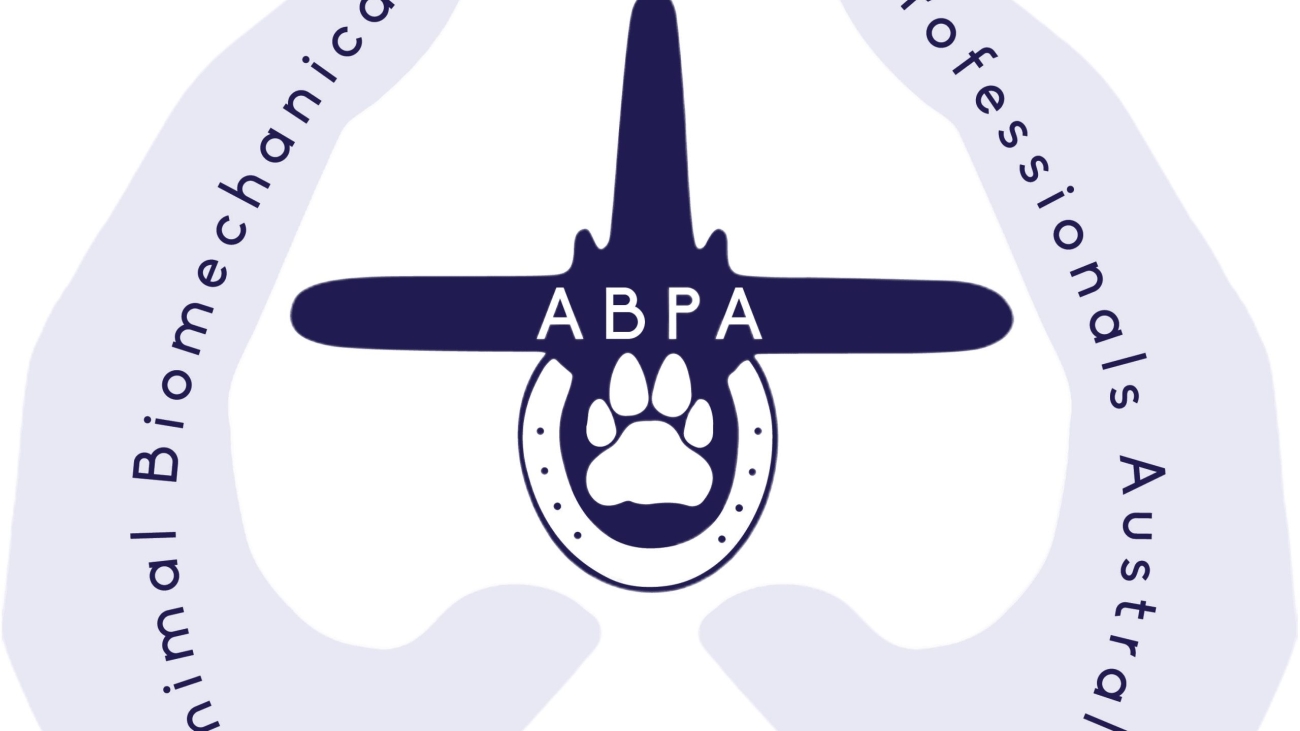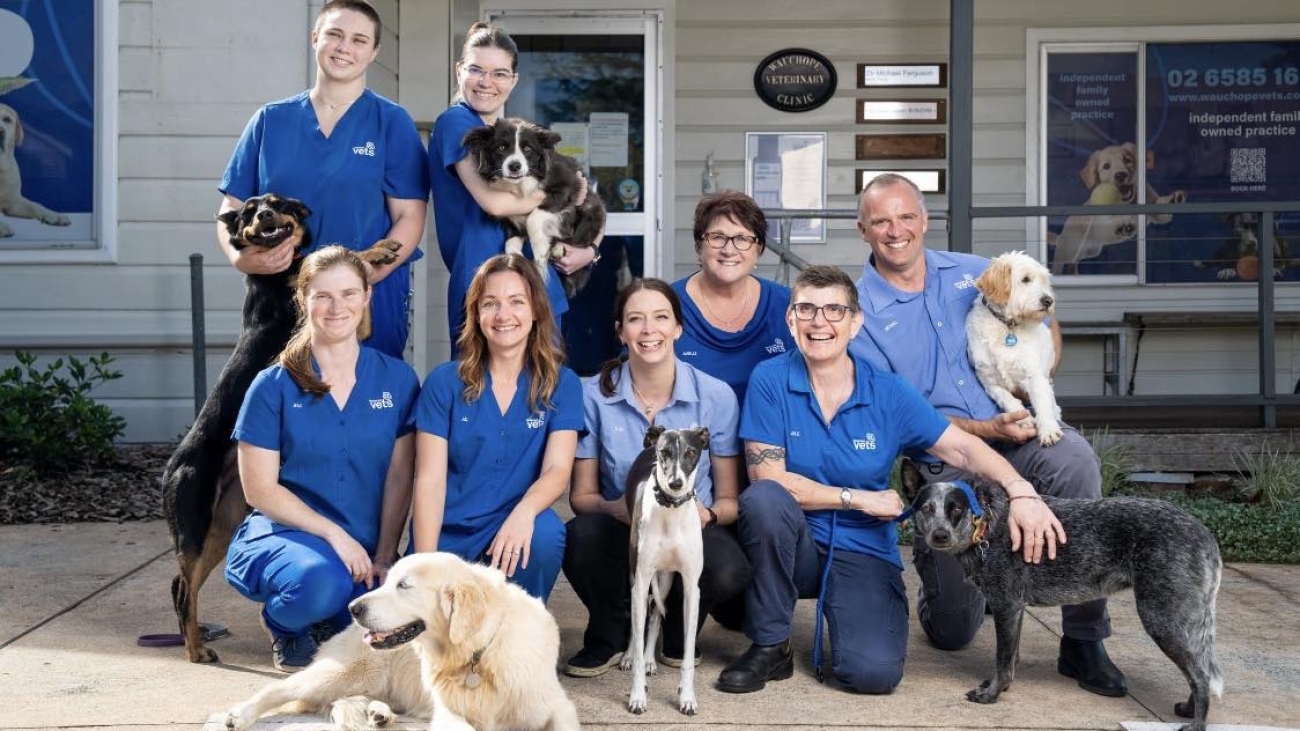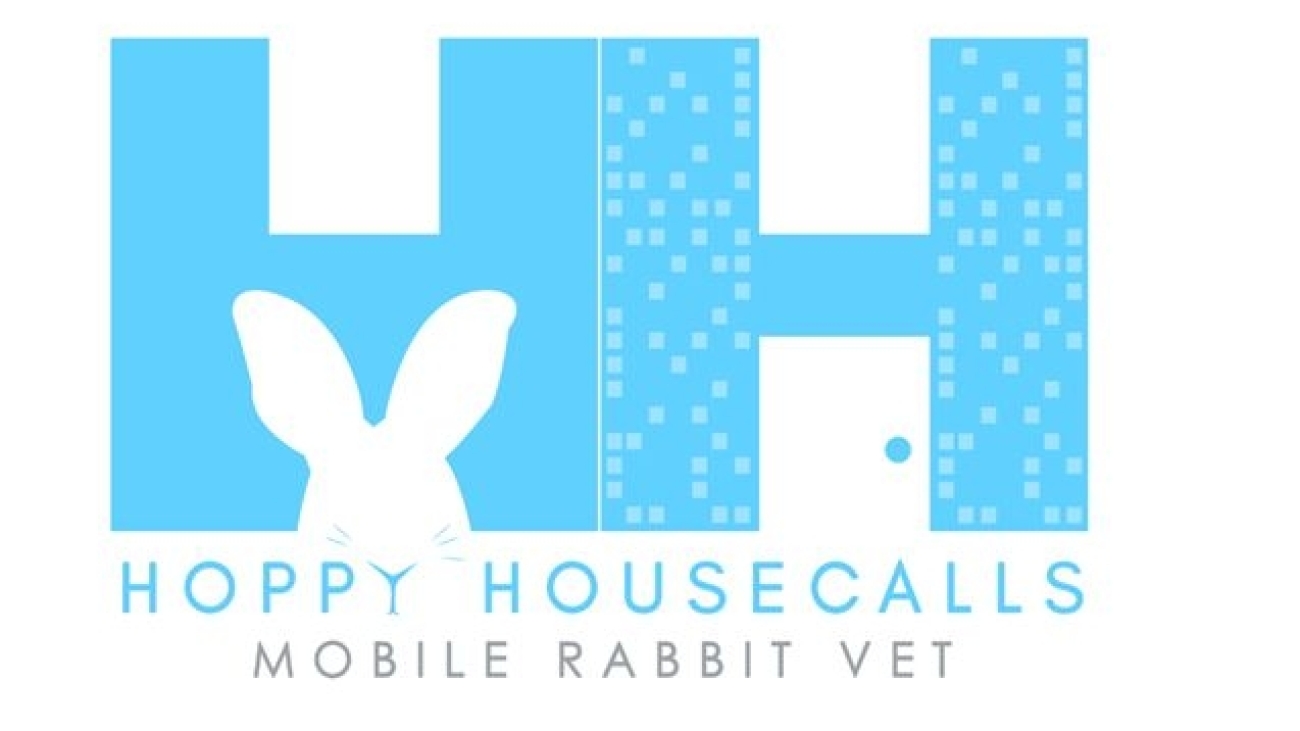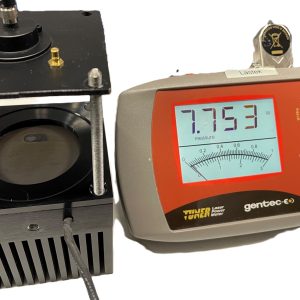Views: 3
Do you have a Plan B for Patients Unimpressed with Laser Safety Goggles?
Here at Vets1laser, we pride ourselves on finding safe and friendly solutions for the needs of our veterinary patients.
If you are already a Vets1laser customer, check-out the latest updates in your OneDrive link to our handy treatment tips and tricks sheets.
If you are not a current customer and wish to know more about the unique benefits of having highly trained and experienced veterinary surgeons guide you on your laser journey, then contact the Vets1laser team by email or phone.
Our thanks to WateWalkies, Tammy and the wonderful model-Cleo-for the use of all of these images.
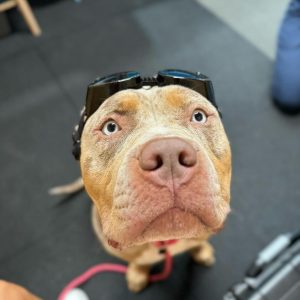


Views: 2

